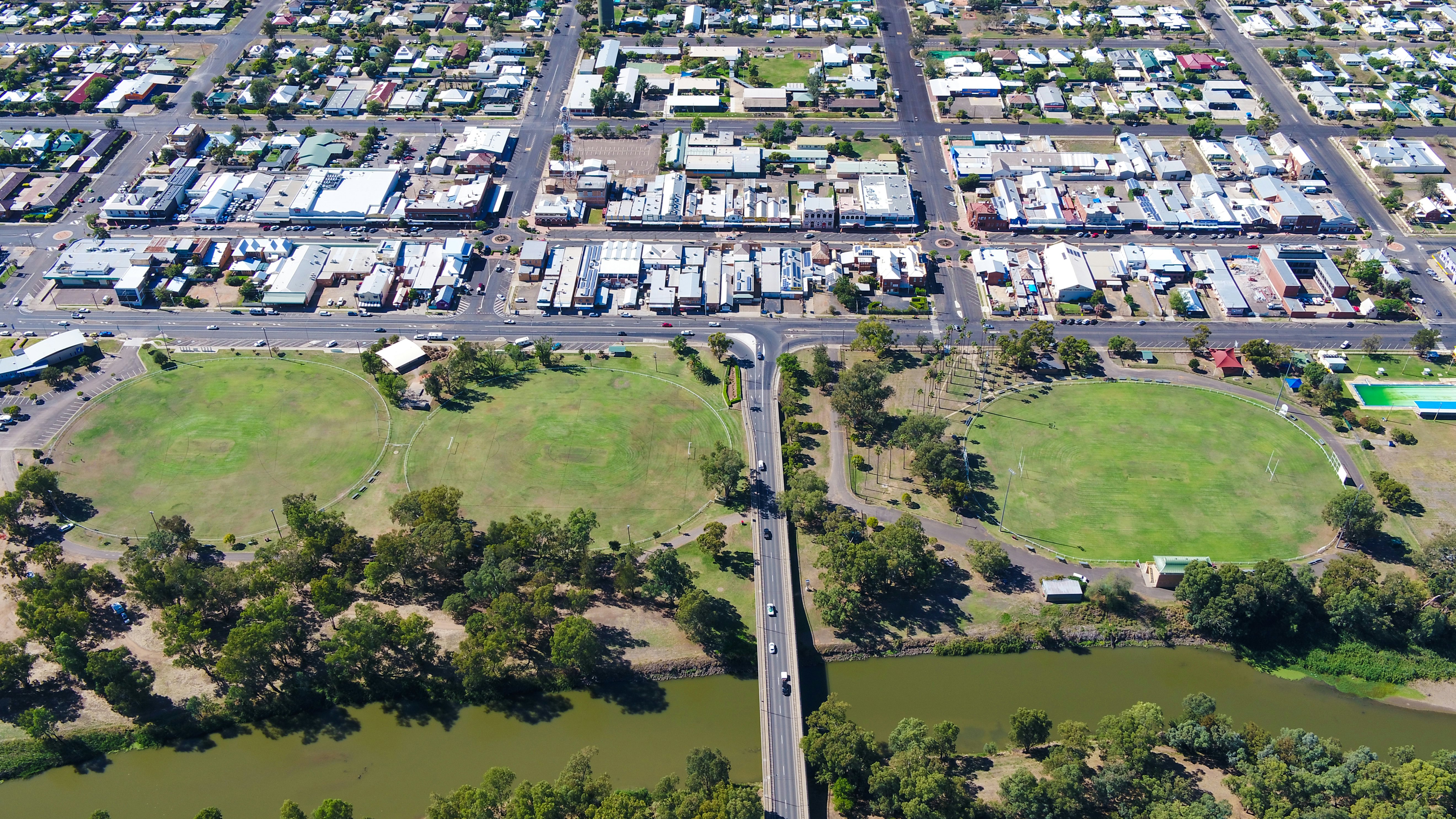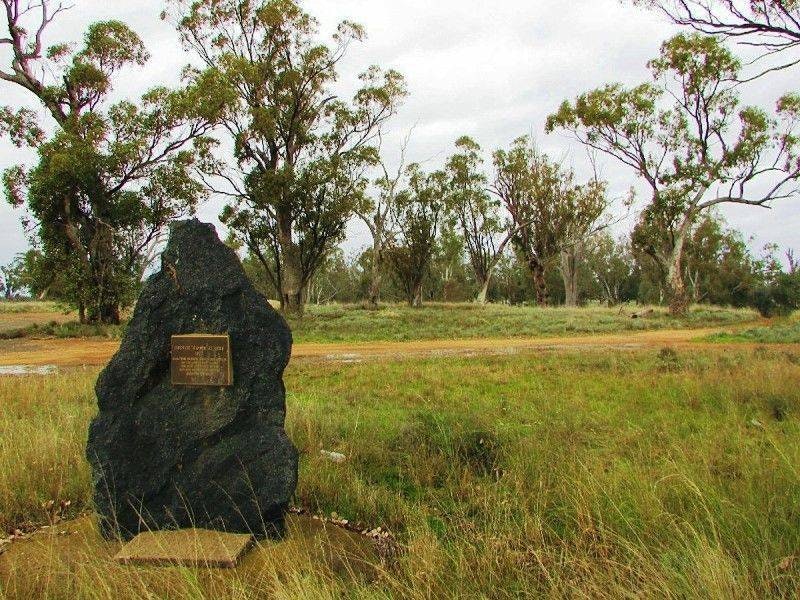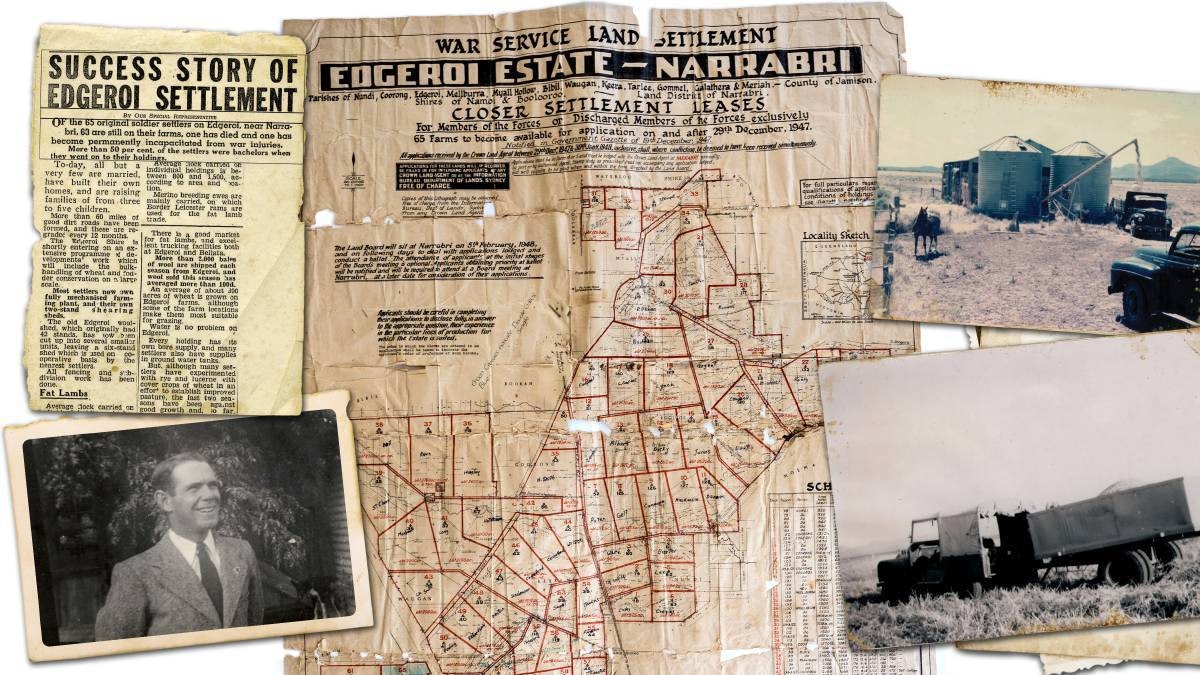About Narrabri & Wee Waa

Image | Narrabri Shire Council

Registrar Placement Incentives are available
Our towns
Spanning 13,000 km2 of spectacular national parkland, expansive agricultural landscapes and big sky vistas, the Narrabri Shire Local Government Area lies halfway between Brisbane and Sydney, in the heart of the Namoi Valley, Northwest NSW. The Shire is home to over 13,000 residents, with the majority living within the main towns of Narrabri and Wee Waa and the villages of Baan Baa, Bellata, Boggabri, Edgeroi, Gwabegar and Pilliga.
Renowned for producing some of the world’s highest quality wheat, cotton, prime lamb and beef, plus coal mining and gas extraction and exploration, and several highly reputable agricultural research facilities, this prosperous region offers innovative and diverse commercial and employment opportunities.
Within the Shire there are daycare centres, preschools, both public and Catholic primary schools and two high schools, with all offering a range of strong teaching and learning opportunities. Tertiary education is available directly through TAFE NSW, a University of New England Access Centre and the Northern Inland Community College.

Mt Kaputar Lookout | Narribri Shire Council
Narrabri, at the crossroads of the Newell and Kamilaroi Highways, is the administrative centre of the Shire and sits nestled at the base of the Nandewar Ranges, with the rugged peaks of Mount Kaputar National Park to the east and endless plains stretching to the west. This picturesque, bustling town is characterised by wide streets, a safe, friendly atmosphere and the Namoi River and Narrabri Creek, which guarantee a cool, shady spot on even the hottest day.
Narrabri has a variety of dining options, including fantastic spots to get a top-quality caffeine hit and a tasty treat, beautifully renovated hotels with delicious modern pub meals celebrating local produce, mouthwatering pies known across the region, plus Thai, Japanese and Chinese cuisine.
The climate features warm to hot summers (20˚C - 39˚C), delightfully moderate spring and autumn months and winters of mild, clear days and crisp, frosty nights (0˚C - 20˚C).
Just thirty minutes down the road is Wee Waa (pronounced 'Wee War'), which is not only the oldest town in the Namoi Valley but also Australia’s Cotton Capital and gateway to the far west centres of Walgett, Collarenebri, Lightning Ridge and beyond. It’s the base for The Namoi Cotton Co-Operative (the largest grower-owned organisation in the country) and Cotton Seed Distributors, who sell seeds to growers from all around the world.
New residents to Wee Waa will be welcomed into the close-knit and inclusive community, who are well known for their support in times of need. The multitude of sporting, church, school and special interest groups host endless fundraising and social events all throughout the year, which makes for a very full social calender! Team this with stunning sunsets stretching beyond an endless horizon, the stariest of midnight skies and glorious wide-open spaces and you have a great quality of life just waiting for you.
With resilient, open-hearted communities, natural beauty, a thriving local economy, plus a vibrant cultural, sporting and social scene, Narrabri and Wee Waa offer a lively, affordable country lifestyle.
Our history
Between 17 and 21 million years ago, erupting volcanoes created the Nandewar Ranges and the majestic Mt Kaputar National Park, the erosion of these mountains then created the rich, fertile land and strong river system which has resulted in the Narrabri Shire becoming one of the most productive agricultural regions in the country.
The first inhabitants of the Shire were the people of the Kamilaroi Nation (also known as Gamilaroi or Gamilaraay), which extended from the Hunter Valley through to the Warrumbungle Mountains in the west, through Quirindi, Tamworth, Narrabri, Wee Waa, Walgett, Moree and Mungindi in NSW to Nindigully in southwest QLD – they are the second largest Aboriginal Nation on the east coast of Australia.
The Kamilaroi people had a deep connection to the land and its resources, practicing traditional hunting, gathering, and fishing, with their presence in the region evident through rock art and artifacts found in the area. Today, their descendants continue to occupy these lands and are known as 'Murri' people - for further information on their rich cultural history and local sites of significance, drop into the fascinating Dhiiyaan Aboriginal Centre in Albert St, Moree.

The plaque commemorates bushranger George "The Barber" Clarke" who is believed to be the first European settler of the north west plains | Monument Australia
In 1818, explorer John Oxley became the first European to set foot in the district. Allan Cunningham ventured into the Boggabri Plains in 1825 and escaped convict George Clarke roamed what is now Narrabri Shire from 1826-1831. His ultimately fanciful tales of a vast inland river prompted the expedition of Sir Thomas Mitchell into the district, thereby opening it up to settlement.
The first squatting run was the 'Nurrabry', taken up in 1834. A townsite at Narrabri was first recommended in 1848 (at what had become a road junction to the south and west), a hotel was licensed in 1858, then the town was proclaimed in 1860, and it swiftly evolved into a significant hub for the neighbouring agricultural communities.
As early as 1846, Wee Waa played a crucial role in serving its local community and the broader region in matters of law and justice. For over a decade, Wee Waa dutifully fulfilled this important function, acting as a centre for court proceedings and judicial affairs. However, as the surrounding region experienced further settlement, the demand for court services expanded, leading to a relocation of court proceedings to Narrabri and Walgett in the west. Despite this transition, Wee Waa's historical significance as a former judicial hub remains a testament to its enduring importance in the region's development.
After the Robertson Land Act of 1861, the area was slowly opened up to smaller selectors and wheat-growing began in 1873. Progress continued with the introduction of the railway to Wee Waa and Narrabri at the beginning of the 20th Century, a development that greatly accelerated the regions expansion, establishing vital connections to other regions and facilitating the reliable movement of goods and passengers.
Following World War II, a significant soldier resettlement program was put into action in Edgeroi, located 24 km north of Narrabri. This initiative not only brought about increased prosperity to the region but also led to a notable rise in the local population. Wee Waa experienced a transformation as cotton emerged as its principal industry after its introduction in 1962, drawing settlers and immigrants from different regions of Australia and abroad. Intensive research and improved irrigation have created the largest cotton yields in Australia, bringing renewed prosperity to the town.

Artwork courtesy of The Land